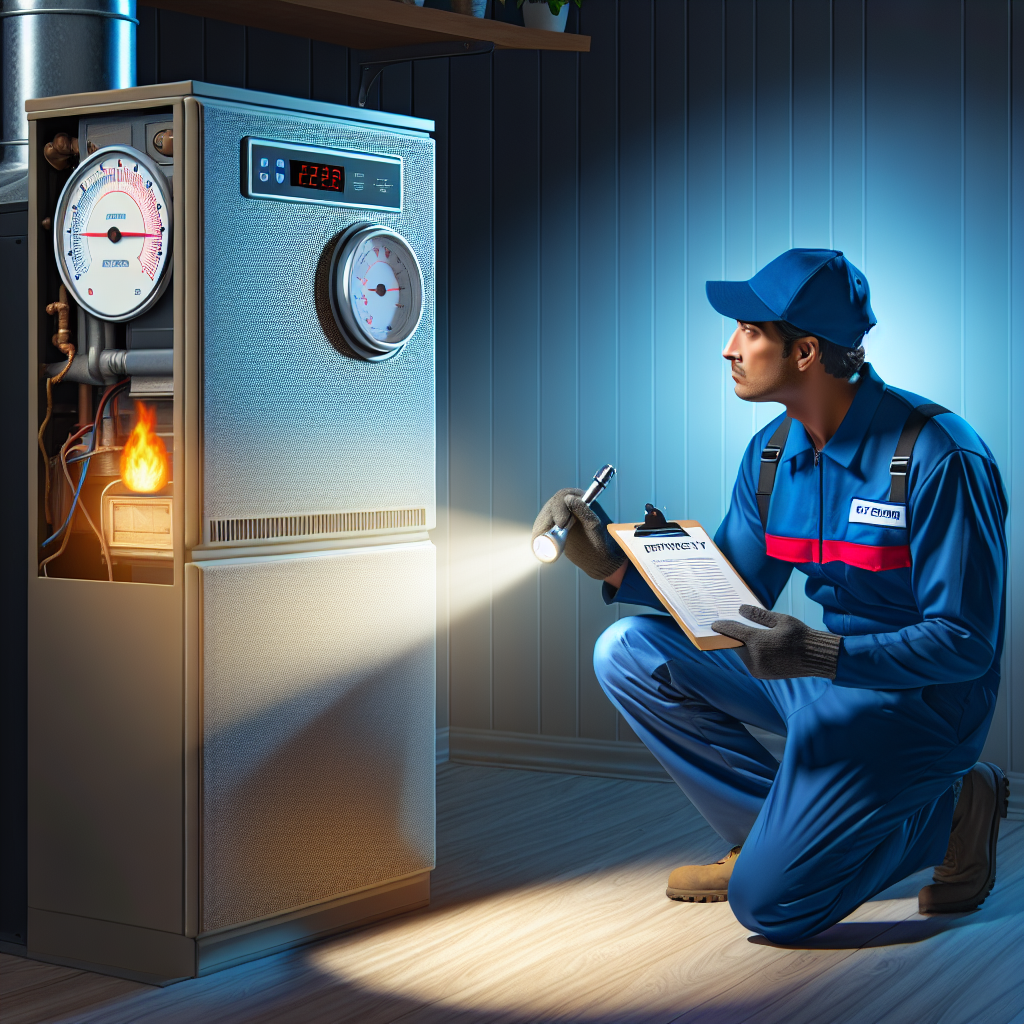As the crisp autumn air settles in, homeowners begin preparing for the colder months ahead. One crucial aspect of this preparation is ensuring your furnace is in optimal condition. An efficient furnace not only keeps your home warm but also saves you money on energy bills. But how do you know if your furnace is functioning effectively? In this article, we’ll explore the signs that indicate it’s time for a furnace check-up before winter arrives.
Understanding Furnace Efficiency
Before diving into the signs that your furnace needs attention, it’s essential to understand what furnace efficiency means. An efficient furnace uses less energy to heat your home, resulting in lower utility bills and a reduced environmental impact. Efficiency ratings such as AFUE (Annual Fuel Utilization Efficiency) can help you determine how well your furnace converts fuel into heat. A furnace with an AFUE rating of 90% means that 90% of the energy consumed is converted into heat.
Common Signs Your Furnace Needs a Check-Up
1. Rising Energy Bills
One of the most noticeable signs of a furnace problem is a sudden spike in your energy bills. If your heating costs have increased without a corresponding drop in temperature, your furnace might be working harder than it should. This inefficiency can stem from aging equipment, lack of maintenance, or various mechanical issues.
2. Inconsistent Heating
Have you noticed some rooms in your home feel significantly colder than others? Inconsistent heating can indicate that your furnace is struggling to distribute warm air evenly. This could be due to blocked ducts, a malfunctioning thermostat, or an underlying problem with the furnace itself.
3. Strange Noises
Every furnace makes noise—some more than others. However, if you start hearing unusual sounds like banging, rattling, or squeaking, it’s time to investigate further. These noises could signal loose parts, ductwork issues, or more serious mechanical failures.
4. Short Cycling
If your furnace frequently turns on and off without heating your home adequately, this phenomenon is known as short cycling. Short cycling can be caused by a faulty thermostat, clogged air filters, or inadequate airflow. Not only is short cycling inefficient, but it can also result in excessive wear and tear on your furnace.
5. Yellow or Flickering Pilot Light
If you have a gas furnace, the color of the pilot light can provide valuable insight into its health. A healthy pilot light should burn blue; a yellow or flickering light may indicate incomplete combustion, which can lead to harmful carbon monoxide buildup. If you notice this, turn off your furnace immediately and call a professional.
6. Age of Your Furnace
Another critical aspect to consider is the age of your furnace. Most furnaces last between 15 to 20 years. If your furnace is approaching this age range, it may be time to schedule a professional inspection. An aging furnace is often less efficient and more prone to breakdowns.
The Importance of Regular Maintenance
Scheduling regular furnace maintenance is key to keeping your system running efficiently. Here are some benefits of routine check-ups:
- Prolongs Lifespan: Regular maintenance can help catch small issues before they turn into major problems, prolonging the life of your furnace.
- Improves Efficiency: An efficiently running furnace reduces energy consumption, directly impacting your monthly bills.
- Enhances Safety: Routine inspections can help identify and fix potential safety hazards, such as gas leaks or carbon monoxide risks.
What to Expect During a Furnace Check-Up
When you schedule a furnace check-up with a professional HVAC technician, you can expect the following:
- Comprehensive Inspection: The technician will check various furnace components, including the heat exchanger, blower motor, and ignition system.
- Filter Replacement: Clogged filters can restrict airflow and reduce efficiency. The technician will replace or clean filters as needed.
- Clean and Lubricate Parts: Dust and debris can accumulate in your furnace, so a thorough cleaning is essential. Additionally, lubricating moving parts can reduce wear and tear.
- Safety Checks: The technician will ensure gas lines, vents, and electrical connections are secure and functioning correctly to avoid any hazards.
Conclusion
As winter approaches, ensuring your furnace is efficient and in good working condition is essential. Recognizing the signs that signal it’s time for a check-up can help you avoid costly repairs, uncomfortable cold snaps, or even safety hazards. Remember, your home should be a sanctuary during the chilly months, and a reliable furnace plays a crucial role in achieving that. Don’t wait until it’s too late—schedule your furnace maintenance today and enjoy a warm, comfortable winter.
By prioritizing furnace efficiency, you invest in your home and contribute to a more sustainable environment. Stay warm and stay safe!


